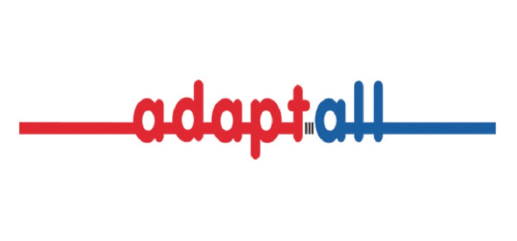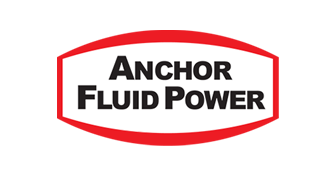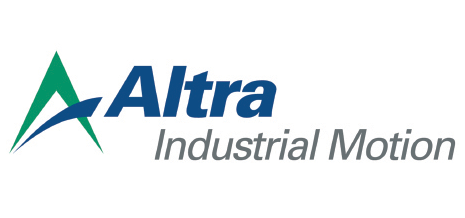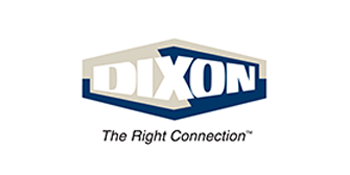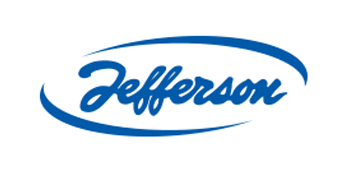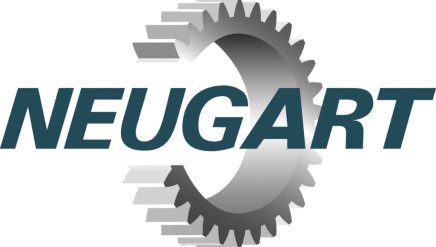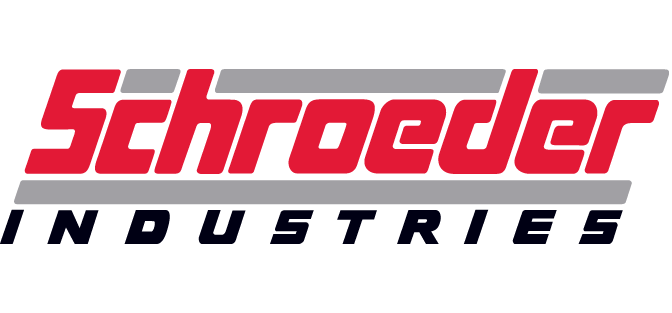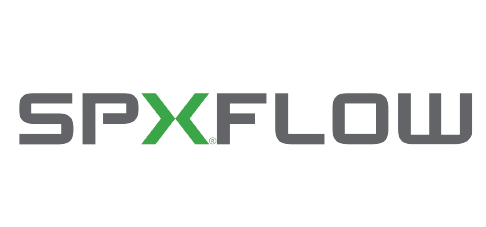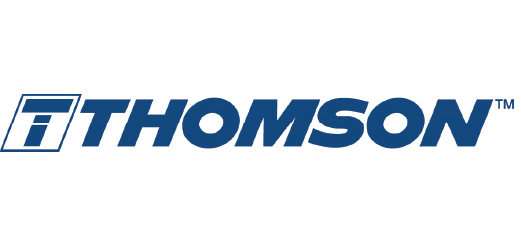Locomotives can get hot… very hot. In order to keep that heat in check and to ensure the viability of all components, the radiator system must be healthy. The radiator system includes myriad components, including the water storage tank, coolant fan and turbo charger, down to the coolant lines. The lines are essential to the operation of the system, but when should you replace them?

Well first, let’s do a little background on the locomotive radiator system. Predominantly, locomotives use water as a coolant. The reason for this is because water is more effective at heat transfer and is better for the environment. For example, if a leak occurs in a hose or tank, with water, there is no environmental harm as a result. To prevent freezing in cold temperatures, it can also be emptied if the locomotive is inoperative. Water is also a very cost effective medium for cooling the engine.
The lines that carry the water through the radiator system are coolant lines. Coolant lines are on-engine hoses, tubes, pipes or hose-tube combinations that connect the various components of the coolant 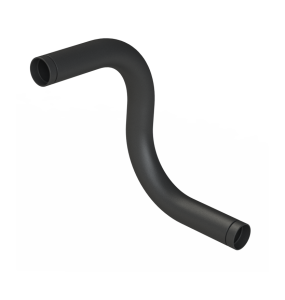 system, from the engine block to the radiator to the water pump. It can be difficult to see when these lines should be replaced. A simple answer to this inquiry is, “When they fail.” Failure in this case is defined as when there are visible coolant leaks or low coolant levels (as a result of the line having small leaks or cracks). Now, nobody wants to be in a situation where you have a failure with no backup. That’s why it is a good idea to have safety stock on your coolant lines for when a failure occurs.
system, from the engine block to the radiator to the water pump. It can be difficult to see when these lines should be replaced. A simple answer to this inquiry is, “When they fail.” Failure in this case is defined as when there are visible coolant leaks or low coolant levels (as a result of the line having small leaks or cracks). Now, nobody wants to be in a situation where you have a failure with no backup. That’s why it is a good idea to have safety stock on your coolant lines for when a failure occurs.
PDI’s pipe and tube meet or exceed many SAE specifications including J524, J525, J356 and ASME B36. Materials include welded, seamless tube in carbon steel or stainless steel and schedule 40 black pipe assemblies.




